Lessons to get rich have to build roads in China: It takes 1 day to deliver domestic goods, 2 days to neighboring countries and 3 days to go around the world
- Tram Ho

If you want to get rich, you have to build a road first
From a city of only 57 square kilometers with a few million inhabitants, Guangzhou has expanded to 7,400 square kilometers and has more than 15 million inhabitants, bustling business activities and attracting a large number of world tourists. One of the main reasons that helped Guangzhou from a poor fishing village to become China’s third largest city is the construction of infrastructure.
The investment in infrastructure in Guangzhou not only creates jobs and stimulates economic sectors but also attracts foreign investment into this market. Currently, Guangzhou has the third busiest airport in the world and the fourth largest seaport in the world.
Not only Guangzhou, a series of infrastructure development projects across China are being implemented. These projects, in addition to improving construction technology and training workers’ skills, also stimulate economic development, creating momentum for transportation, logistics, and production.
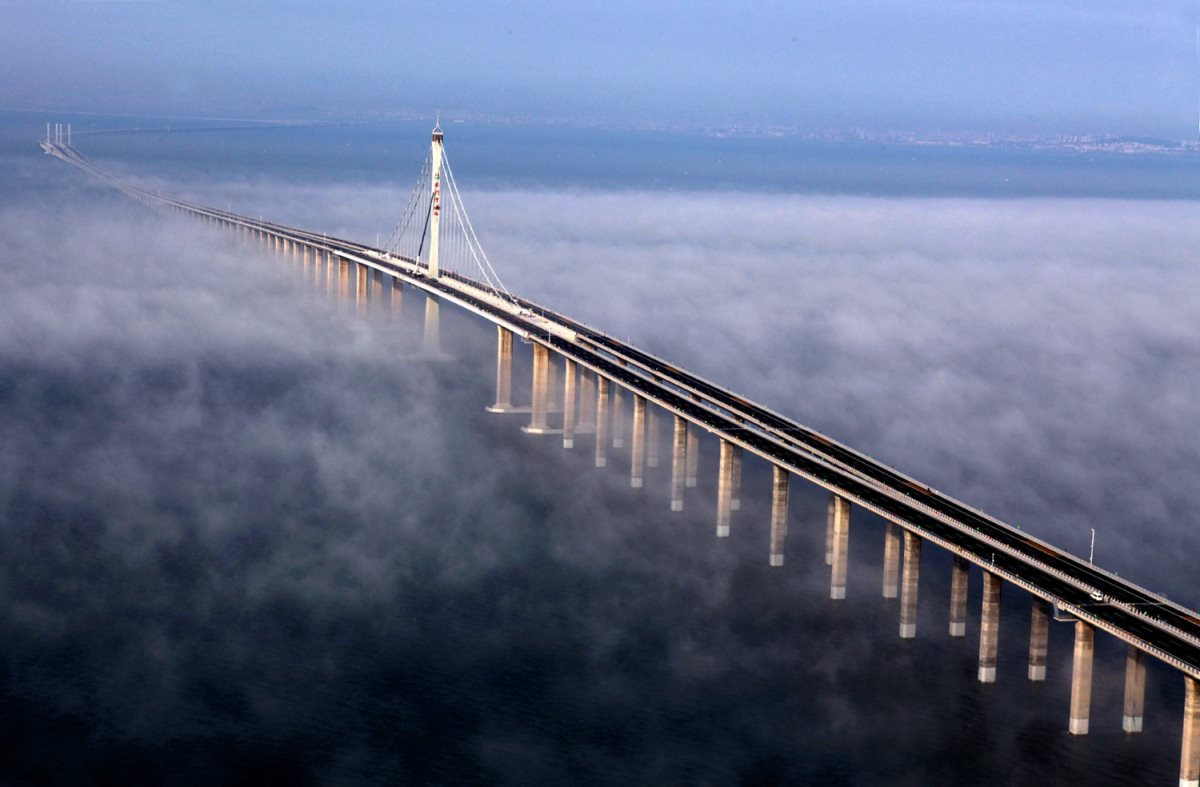
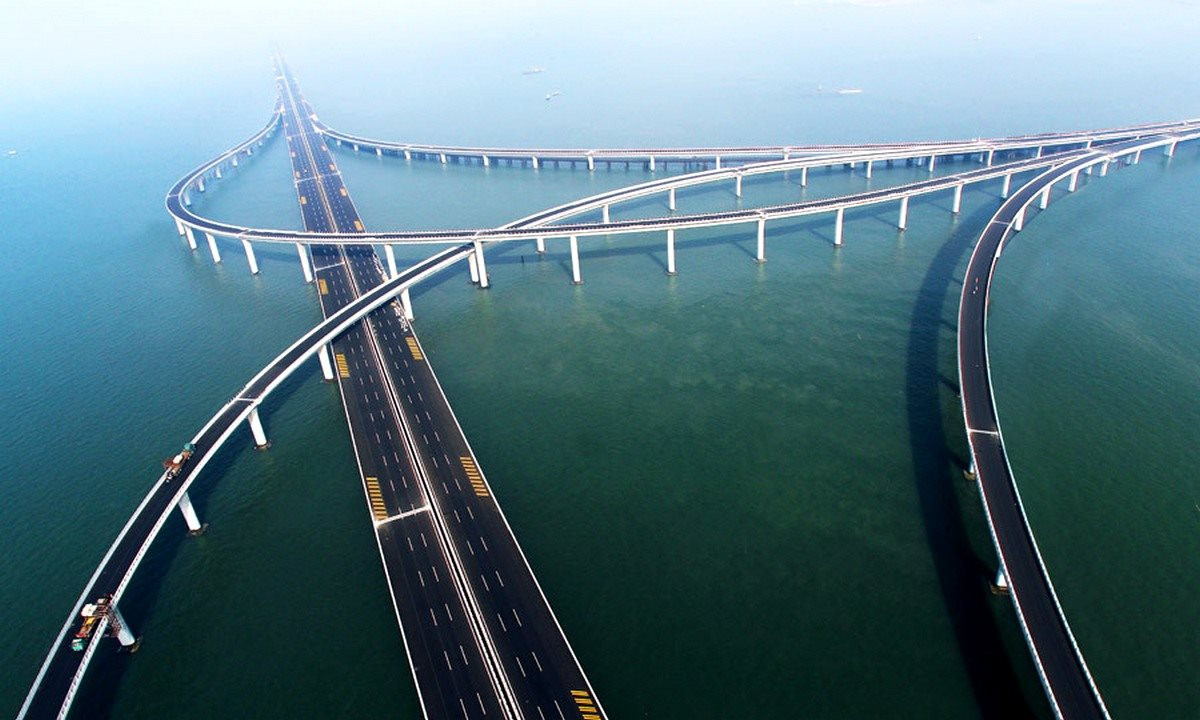
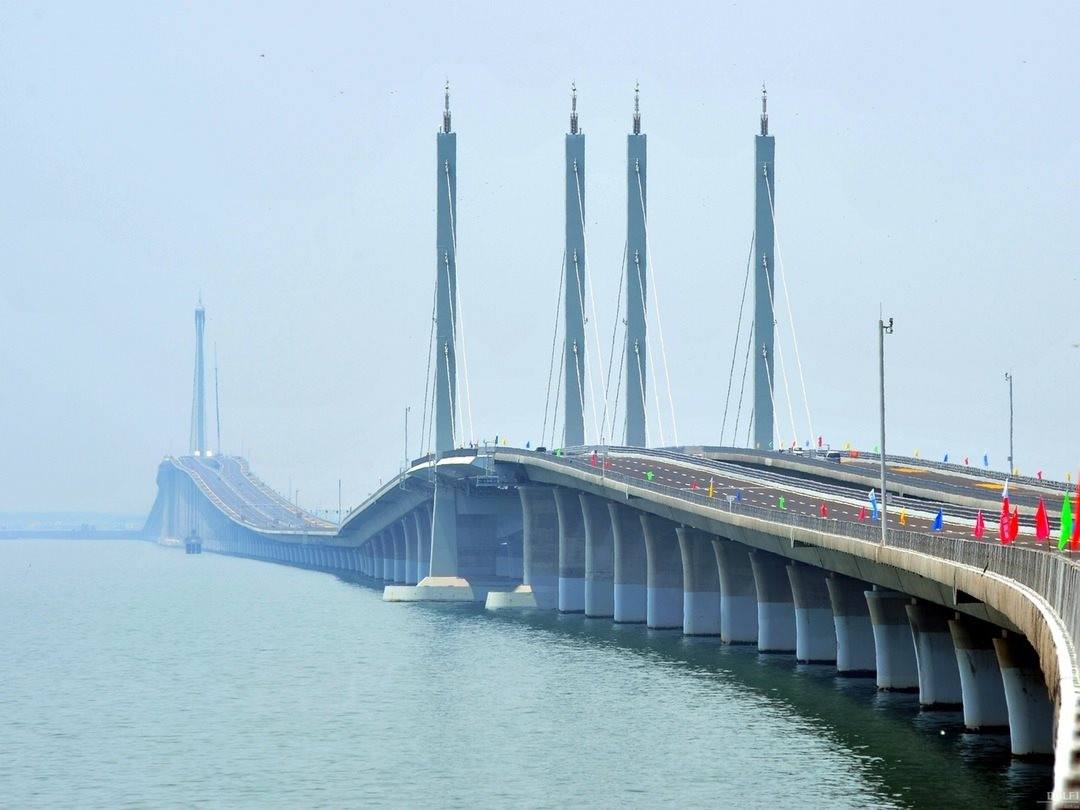
It’s no coincidence that China’s ability to ship goods so quickly, at low cost, and so efficiently is terrifying. Many statistics show that packages sent from China to the US are much cheaper than sending them back and this is largely due to the hugely invested infrastructure system of the Asian power.
For example, Chongqing with complex mountainous terrain, people immediately think of unique traffic patterns. Chongqing recently put into operation the Sky Shuttle unmanned tram system, on an elevated railway line more than 15km long, with a cost of 1.5 billion USD. The train has a speed of 80 km/h, equivalent to 1 hour and can carry from 6,000 to 10,000 passengers, built in a short time and at low cost.
The China Railway Design Corporation said that the world’s longest Hangzhou Bay Trans-Sea Railway Bridge with a speed of 350 km/h, the longest in the world, with a speed of 350 km/h has just completed surveying steps to prepare for construction.
Then the investment policies for the Guangdong – Hong Kong – Macao Zone, the highways expected to be completed in 2024 will help to move between the three major free trade zones in Shenzhen, Guangzhou and Zhuhai only. 30 minutes left.
In the Beijing – Tianjin – Hebei Economic Zone, expressways and railways built at lightning speed have been connected to the Hung An Special Economic Zone, which is three times the area of New York City (USA) in just 1 year. hour.
However, this is not China’s ultimate goal.
Full force
China has created the longest high-speed rail network in the world, about 38,000 km, twice as much as the rest of the world combined. Besides, there is a road system of 168,000km of highways and 248 commercial airports linking all regions of the country. The length of highways in China is 170,000 km, almost double the number of the US, and in Russia is no more than 7,000 km. Metro lines in China also go up to 7,000 km.
In the long term, especially for highways, China is ambitious to build 461,000km by 2035 and own a world-class highway network by 2050.

In particular, Beijing expects the expressway network to cover cities and districts with a population of 100,000 or more and important border gates; develop the connection between the expressway and the train station, airport and port; expanding the scope of transport services, waterways and railways.
The ultimate goal is for people to take only 1 hour to travel within the inner city, 2 hours to travel between city clusters, 3 hours to travel between major cities and 1 day to transport goods within the country, 2 days to ship goods to neighboring countries and in the region, 3 days to ship goods to major cities around the world.
In a meeting with senior economic officials in 2022, Chinese President Xi Jinping emphasized the need to go all out to step up construction to boost domestic demand and promote development.
According to Xinhua, President Xi Jinping assessed that the country’s infrastructure was still not compatible with development and security needs, but did not specify how much money China plans to spend in the near future.
In recent years, China has invested heavily in the economies of the United States and Western Europe, as well as in the countries of the One Belt, One Road system. Now China has decided to invest more in internal development, and the infrastructure here is the basis of all platforms.
Infrastructure projects became the basis for the country’s rapid development, accumulating huge capital to invest in the country’s own economy (and not to export abroad), stimulating domestic demand and expand the domestic market.
1.8 trillion USD
With such a vision that infrastructure is the mainstay of economic development, despite the complicated epidemic situation, China still implements many transport infrastructure projects with a capital of tens of billions of dollars.
Indeed, at the meeting of the Central Committee on Economic and Financial Affairs in early 2022, China determined that stepping up the construction of comprehensive infrastructure was of great significance to ensure national security, facilitate domestic circulation, ensure smooth dual circulation between domestic and foreign markets.
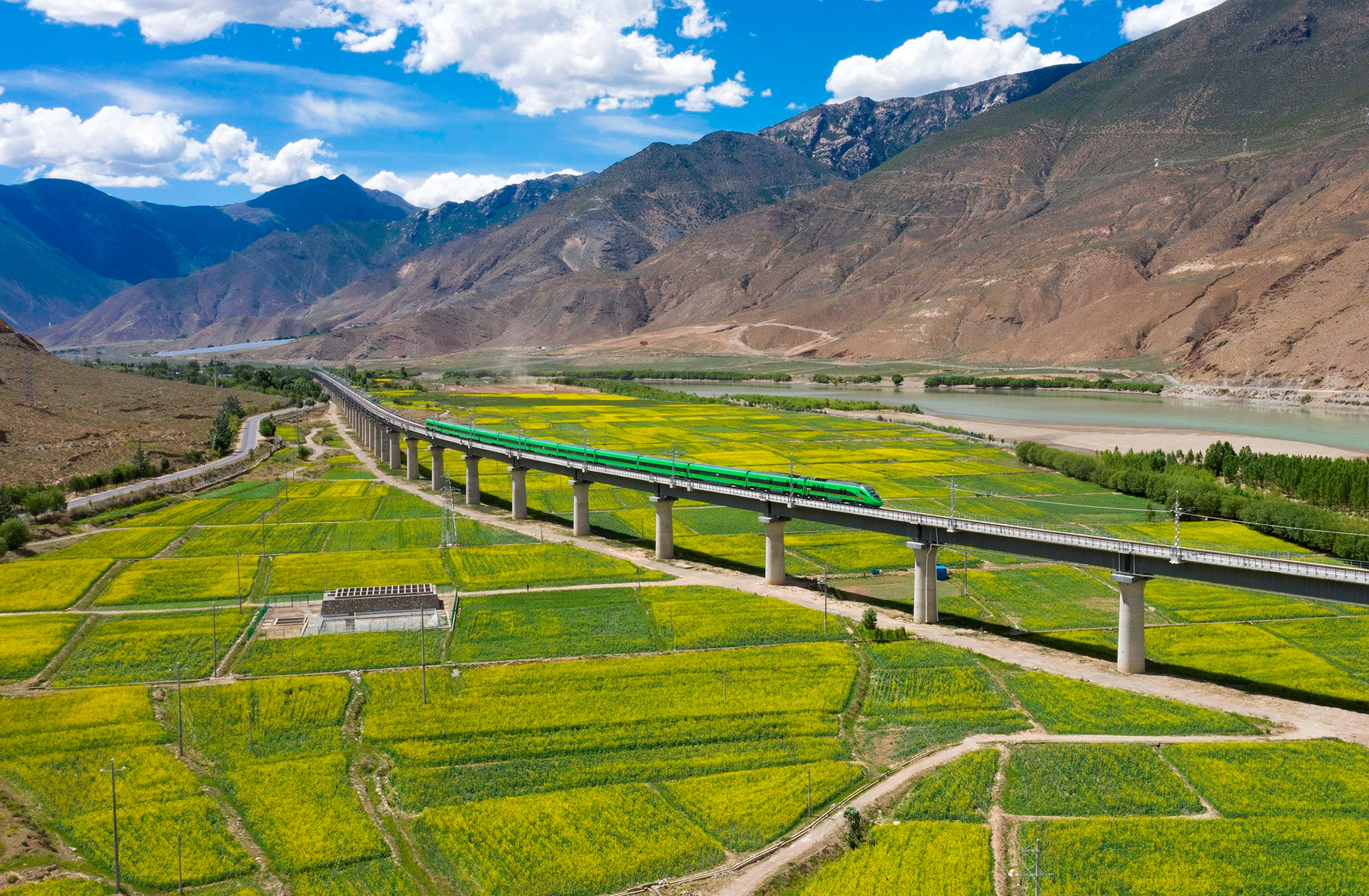
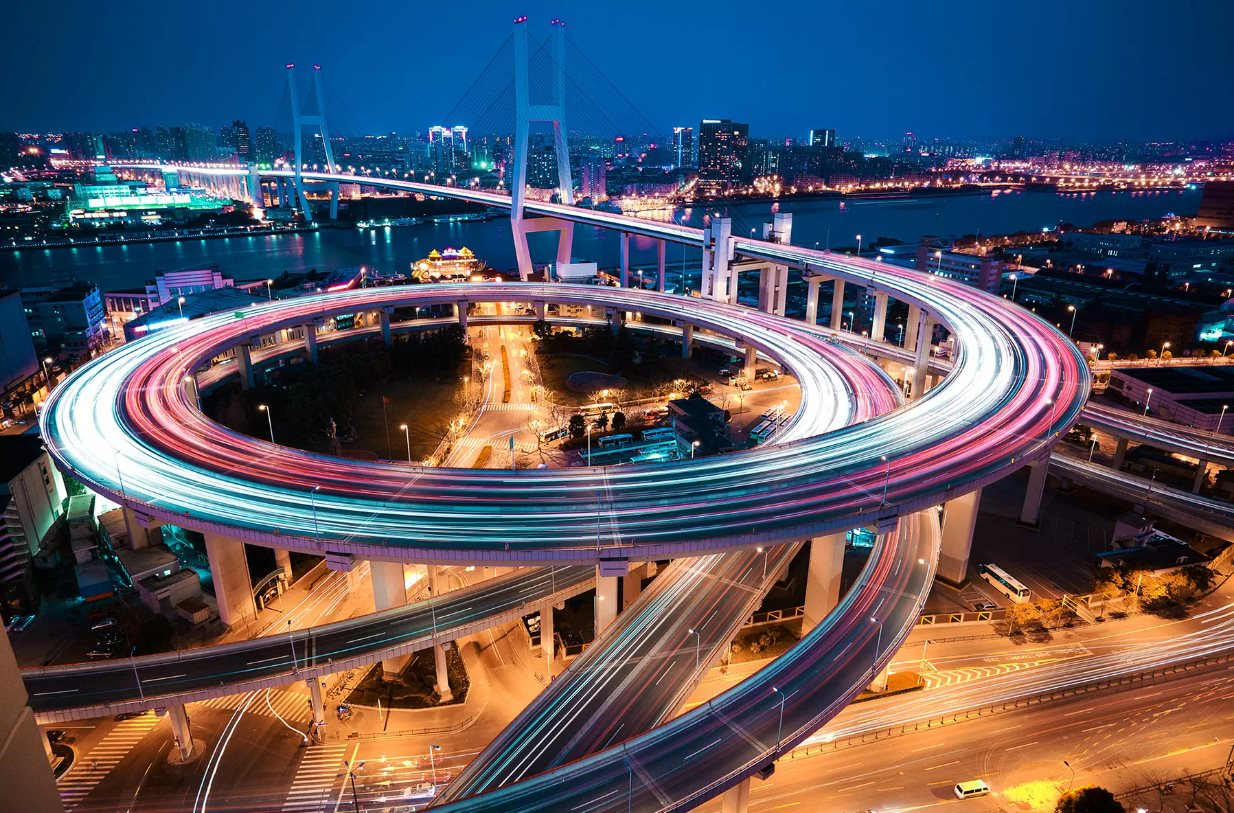

CNN said that this move shows that China wants the country’s economic prospects to be boosted, through spending on infrastructure, especially transport infrastructure. According to the Japan Times, China’s move is intended to bolster confidence in the economy and reassure investors.
The Japan Times also pointed out that thanks to strong investment in infrastructure, China recovered very quickly in the early stages of the Covid-19 epidemic.
According to Bloomberg, China’s provinces and cities are expected to increase spending on major construction projects by nearly 20% this year, as Beijing relies on infrastructure to boost its economy. when consumer activity is still “vulnerable” after many years of being affected by strict epidemic prevention measures.
Specifically, Bloomberg calculations based on statements by Chinese government and state media show the total amount of spending amounted to more than 12.2 trillion yuan (about 1.8 trillion USD), 17% higher than last year.
The spending plans of the provinces add to the argument of some experts that investment in manufacturing and infrastructure will continue to provide a significant boost to the Chinese economy. The plans underscore Beijing’s reliance on a strategy of using investment to boost jobs and household incomes, rather than directly subsidizing citizens.
While households remain cautious about employment and income prospects, investment in infrastructure and manufacturing continues, said Jeremy Stevens, chief China economist at Standard Bank Group. “playing an essential role in the economy”. Accordingly, expert Jeremy predicts that fixed investment in the country’s infrastructure will increase by 5-10% in 2023.
*Source: Bloomberg, Japan Times, CNN
Source : Genk
